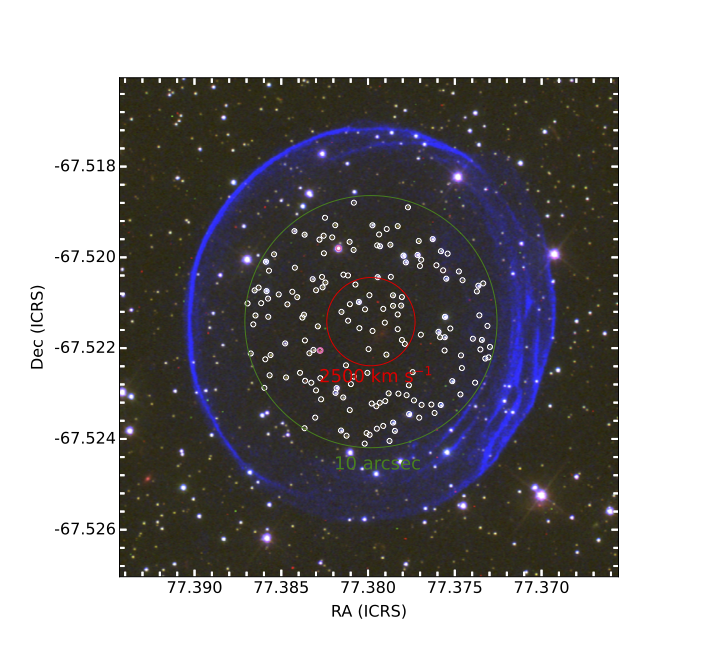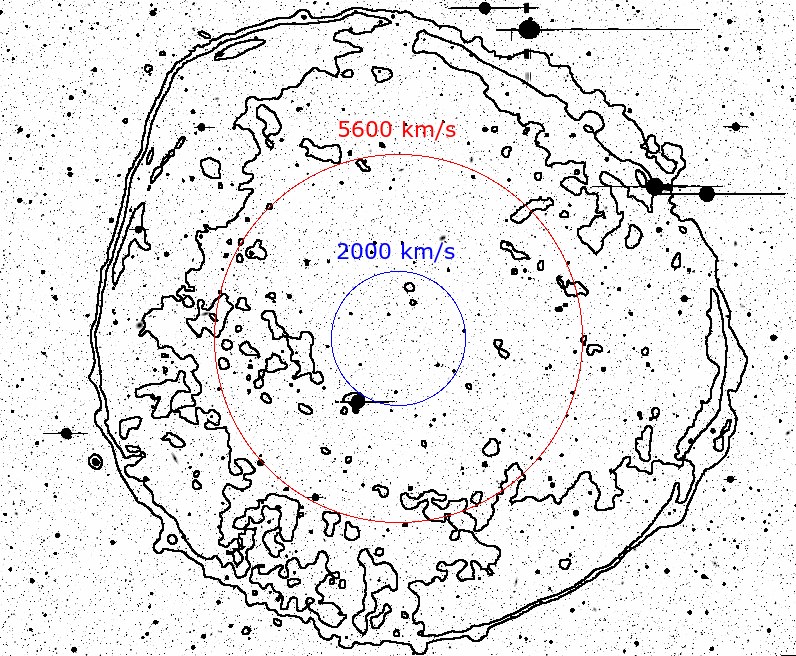Astrophysical Transients
Astrophysical transients are sudden and usually short-lived events in the universe that emit large amounts of energy across the electromagnetic spectrum. These events can include supernovae, gamma-ray bursts, gravitational wave events, and fast radio bursts, among others. Supernovae are the explosive deaths of stars, which can release vast amounts of energy and briefly outshine entire galaxies. Gamma-ray bursts are short-lived bursts of gamma-ray radiation that are thought to be produced by the collapse of massive stars or the merging of neutron stars. Gravitational wave events occur when two massive objects, such as black holes or neutron stars, merge and emit ripples in the fabric of spacetime, which can be detected by sensitive instruments like LIGO and Virgo. Fast radio bursts are intense, millisecond-long bursts of radio waves that originate from outside our Milky Way galaxy. Their origins are not well understood, but they may be produced by magnetars, which are highly magnetized neutron stars. Studying these astrophysical transients can provide important insights into the physics of extreme astrophysical environments, the evolution of galaxies, and the nature of the universe itself. Additionally, the detection and study of these events can help us better understand the composition and structure of the universe, as well as its origins and evolution.


